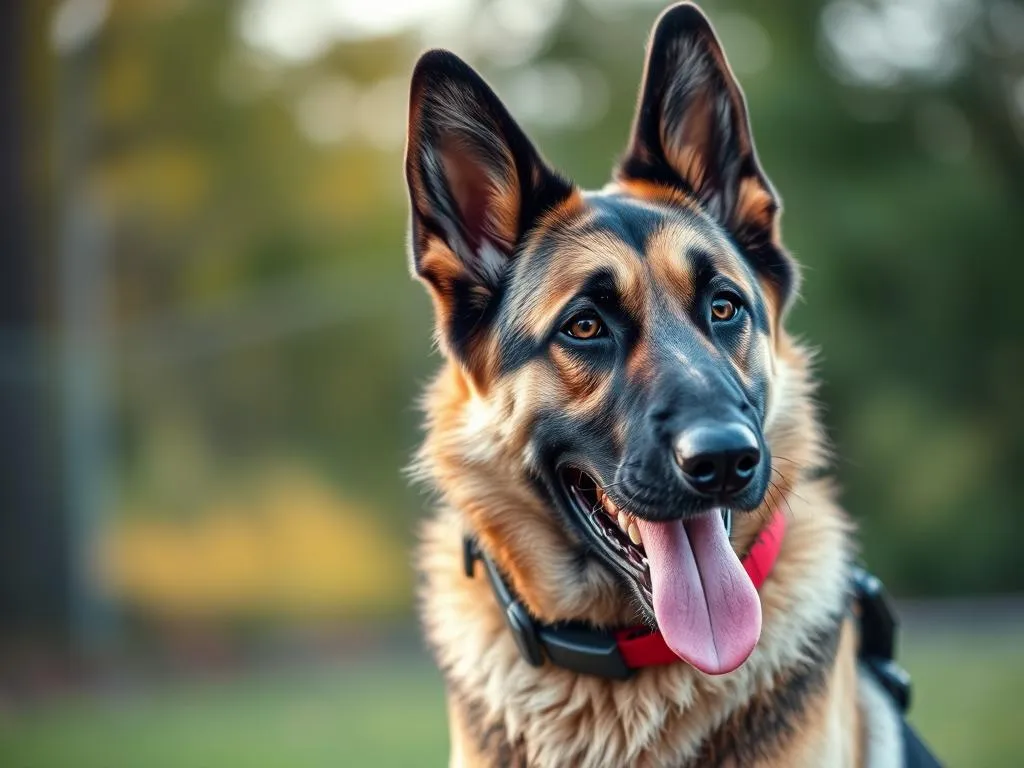
Introduction
Dogs have long been known as man’s best friend, but their loyalty and intelligence have also made them invaluable partners in law enforcement. K9 units, which deploy trained dogs for various police functions, play a crucial role in keeping communities safe. The term “K9,” derived from the phonetic spelling of “canine,” signifies not only the bond between humans and dogs but also the specialized training these animals undergo for police work. Understanding the terminology surrounding K9 units allows for a deeper appreciation of the rigorous training and dedication involved in police dog operations.
The History of Police Dogs
Early Uses of Dogs in Law Enforcement
The history of dogs assisting humans in law enforcement can be traced back centuries. Ancient civilizations utilized dogs for hunting, guarding, and even tracking criminals. For example, in Ancient Rome, dogs were used to patrol streets and assist in capturing runaway slaves. Similarly, in the 19th century, dogs were employed by police in various European cities, marking the beginning of a formal relationship between law enforcement and canine companions.
The Formalization of K9 Units
As the need for organized crime prevention grew, law enforcement agencies began to establish structured K9 units. In the early 1900s, the first official police dog unit was formed in Ghent, Belgium, setting a precedent for other countries. Throughout the decades, significant milestones emerged, such as the introduction of specialized training programs that focused on specific skills like tracking, narcotics detection, and crowd control. These developments laid the foundation for the sophisticated K9 units we see today.
Understanding the Term “K9”
Origin of the Term K9
The term K9 is a phonetic play on the word “canine,” where “K” sounds like “kay” and “9” sounds like “nine.” This clever abbreviation has become synonymous with police dogs. The term encapsulates the essence of these animals, which are specifically trained for various roles in law enforcement. The breeds commonly used in K9 units, such as German Shepherds, Belgian Malinois, and Labrador Retrievers, all fall under the canine family, further reinforcing the use of the term.
Why K9 is Used in Law Enforcement
Designating police dogs as K9 serves several practical purposes. It creates a recognizable term that distinguishes these specially trained dogs from ordinary pets. Moreover, the term has become an integral part of law enforcement culture, symbolizing the teamwork between officers and their canine partners. However, some misconceptions persist; for instance, many people believe that K9 units only focus on drug detection or tracking, while in reality, their functions are diverse and multifaceted.
The Role of K9 Units in Law Enforcement
Specialized Functions of K9s
K9s are utilized in numerous specialized functions that enhance law enforcement capabilities. These roles include:
-
Search and Rescue Operations: Dogs are trained to locate missing persons, whether in urban areas or wilderness settings. Their acute sense of smell and ability to navigate difficult terrains make them invaluable in emergencies.
-
Drug Detection: Many K9 units specialize in identifying illegal substances. These dogs can detect drugs hidden in vehicles, luggage, and even on individuals, aiding police in combating drug trafficking.
-
Explosive Detection: K9s are also trained to sniff out explosives, playing a crucial role in ensuring public safety during events or potential threats. Their ability to detect various types of explosives enables law enforcement to prevent catastrophic incidents.
-
Tracking and Apprehending Suspects: Dogs are often used to track fleeing suspects, using their keen sense of smell to follow scent trails. They can apprehend suspects, providing an additional layer of security for officers in the field.
Collaborative Work Between K9 and Officers
The relationship between K9s and their handlers is essential for effective law enforcement. Training processes for K9 teams involve rigorous programs that not only teach the dogs specific skills but also foster a deep bond between the animal and its handler. Successful operations often rely on this partnership. For instance, in high-pressure situations, the trust built through training allows officers to rely on their K9 companions to perform tasks that may be too dangerous for humans alone.
Training Techniques for K9s
Basic Training Principles
Training for K9s begins with essential obedience training. Dogs must learn commands such as sit, stay, and come, ensuring they can follow instructions under various circumstances. Socialization is another critical aspect of training; K9s must be comfortable interacting with different people and environments to perform effectively in diverse situations.
Advanced Training for Specialized Tasks
Once basic training is complete, K9s undergo advanced training tailored to their specific roles. Techniques for scent detection involve exposing dogs to various odors associated with drugs, explosives, and other substances. This training is often conducted using positive reinforcement, where dogs receive rewards for successfully identifying scents.
For tracking and apprehension, K9s learn to follow scent trails over long distances and through challenging environments. Handlers use a combination of commands and body language to guide their dogs during these tasks, reinforcing the importance of the bond between them.
The Role of the Handler
The handler’s role is crucial in the K9 training process. A successful partnership requires the handler to be skilled not only in training techniques but also in understanding canine behavior. This knowledge helps handlers recognize when their K9 is stressed or needs encouragement, ensuring optimal performance during operations. The emotional bond established between the dog and its handler can significantly affect the K9’s success in the field.
Challenges Faced by K9 Units
Physical and Emotional Challenges
K9s face various physical and emotional challenges throughout their careers. The stressors of law enforcement work can impact a dog’s health and well-being. High-pressure situations, such as drug busts or tracking suspects, can lead to anxiety and fatigue. It’s essential for handlers to monitor their K9s closely, ensuring they receive adequate rest and care to maintain peak performance.
Legal and Ethical Considerations
The use of K9s in law enforcement also raises legal and ethical concerns. Legal implications include the proper use of K9s in searches, seizures, and apprehensions. Law enforcement agencies must ensure they operate within the bounds of the law to avoid potential liability issues.
Ethical concerns arise regarding training methods and the treatment of police dogs. It’s crucial for law enforcement agencies to prioritize humane training techniques and the overall welfare of their K9s. Abusive or overly harsh training methods can lead to behavioral issues and negatively impact the efficacy of the K9 unit.
The Future of K9 Units
Innovations in K9 Training and Technology
As technology continues to evolve, so does the training of K9s. New training tools and methods are being introduced, enhancing the capabilities of police dogs. For instance, advancements in scent detection technology can complement traditional training, allowing handlers to refine their dogs’ skills further.
Additionally, the integration of technology, such as GPS trackers and body cameras, has improved the operational effectiveness of K9 units. These innovations enable law enforcement to collect data during missions, enhancing overall strategies and outcomes.
Evolving Roles of K9s in Law Enforcement
The roles of K9s in law enforcement are continually evolving. As communities face new challenges, such as increased instances of terrorism or active shooter situations, K9 units are adapting to meet these demands. There’s potential for expanded roles in community policing and public safety initiatives, allowing K9s to engage with the public in positive ways.
Moreover, as law enforcement agencies seek to build trust within their communities, K9s can serve as a bridge between police and the public. Community outreach programs featuring K9 demonstrations not only showcase the animals’ skills but also foster connections between officers and citizens.
Conclusion
The significance of K9 units in law enforcement cannot be overstated. These specially trained dogs are indispensable partners, assisting officers in various critical functions that enhance public safety. Understanding why police dogs are called K9 illuminates the important role these animals play and the dedication involved in their training.
As we look to the future, the ongoing innovation in K9 training and technology will further enhance their capabilities. It is essential to recognize the commitment of handlers and the welfare of the dogs themselves, ensuring that the bond between humans and their canine partners remains strong. Appreciating the dedication involved in K9 training and operations enriches our understanding of law enforcement and the vital role these remarkable animals play in society.









